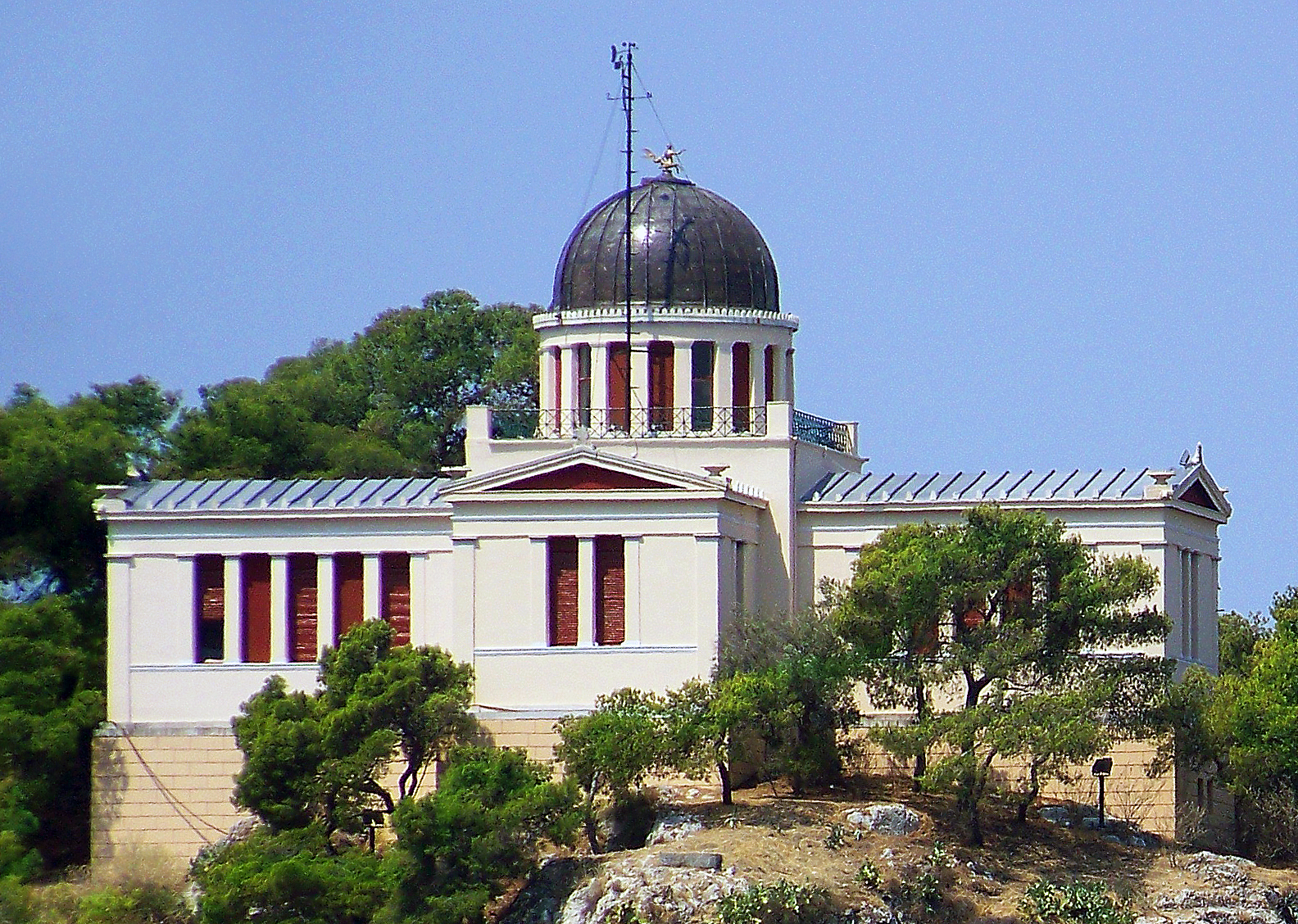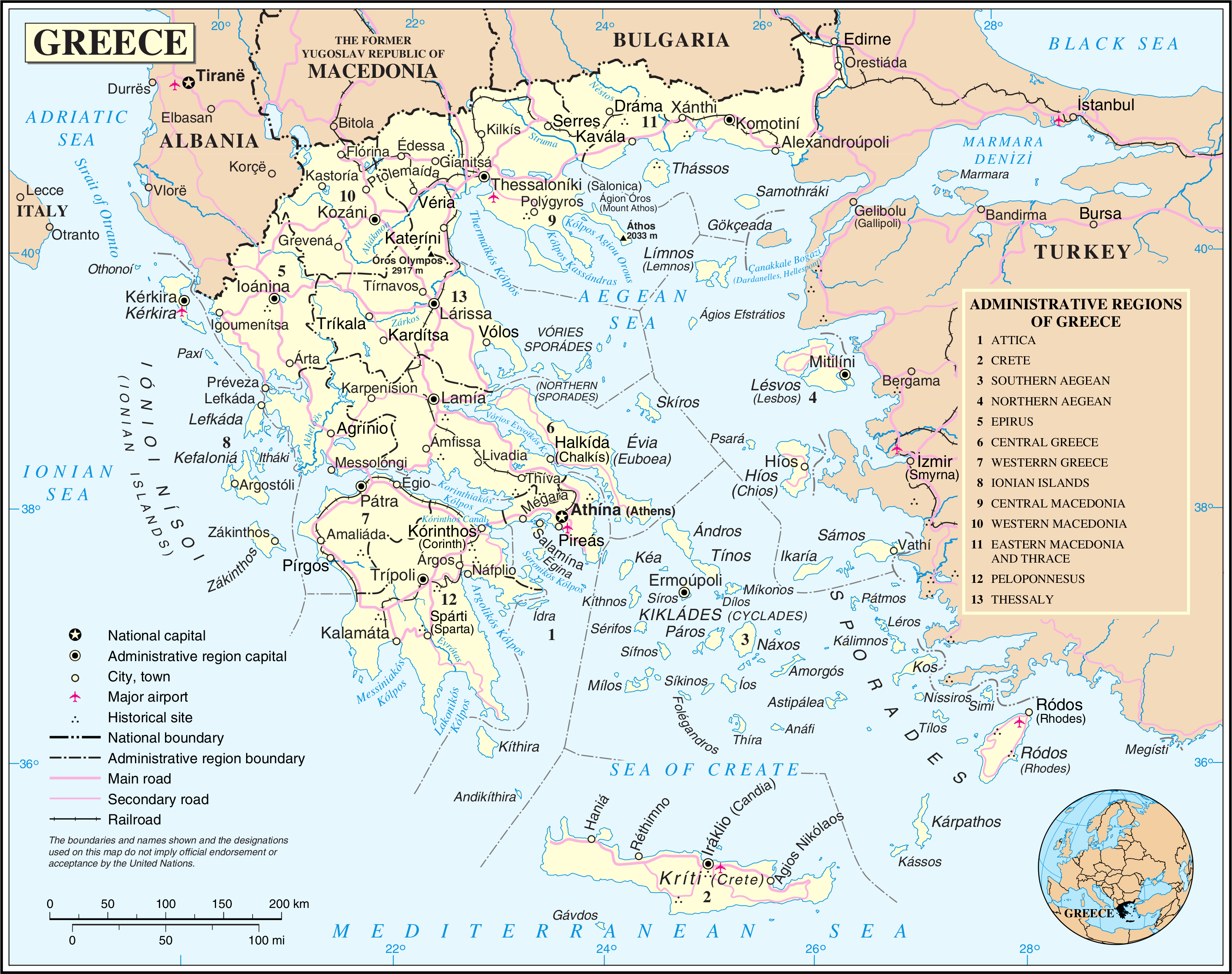|
Salamina (city)
Salamina (, ) or Kοullοuri (; Arvanitika: ) is the largest city and a former municipality on Salamina Island in Greece. Since the 2011 local government reform it is part of the municipality of Salamina, of which it is the seat and a municipal unit. It is part of the Islands regional unit of the Attica region. The city lies in the northwestern part of the island. It had a population of 24,997 inhabitants at the 2021 census, some of them are Arvanites.Jochalas, Titos P. (1971): Über die Einwanderung der Albaner in Griechenland: Eine zusammenfassene Betrachtung On the immigration of Albanians to Greece: A summary" München: Trofenik. It was the municipal seat of the former municipality of Salamina, which had a land area of and comprised about 84 percent of the island (all except the easternmost central coast, which comprised the former municipality of Ampelakia). The population of the municipal unit was 30,235 in 2021. It includes several towns, the largest of which are Aiántei ... [...More Info...] [...Related Items...] OR: [Wikipedia] [Google] [Baidu] |
Attica (region)
Attica ( ; , ) is an administrative regions of Greece, administrative region of Greece, that encompasses the entire Athens metropolitan area, the core city of which is the country's capital city, capital and Cities of Greece, largest city, Athens. The region is coextensive with the former Attica Prefecture of Central Greece (geographic region), Central Greece and covers a greater area than the historical region of Attica. Overview Located on the eastern edge of Central Greece (geographic region), Central Greece, Attica covers about 3,808 square kilometres. In addition to Athens, it contains within its area the cities of Elefsina, Megara, Laurium, and Marathon, Greece, Marathon, as well as a small part of the Peloponnese peninsula and the islands of Salamis Island, Salamis, Aegina, Angistri, Poros, Hydra, Saronic Islands, Hydra, Spetses, Kythira, and Antikythera. About 3,790,000 people live in the region, of whom more than 95% are inhabitants of the Athens metropolitan area. In 20 ... [...More Info...] [...Related Items...] OR: [Wikipedia] [Google] [Baidu] |
Arvanites
Arvanites (; Arvanitika: , or , ; Greek: , ) are a population group in Greece of Albanian origin. They are bilingual, traditionally speaking Arvanitika, an Albanian language variety, along with Greek. Their ancestors were first recorded as settlers who came to what is today southern Greece in the late 13th and early 14th century. They were the dominant population element in parts of the Peloponnese, Attica and Boeotia until the 19th century.Trudgill (2000: 255). They call themselves Arvanites (in Greek) and Arbëror (in their language). Arvanites today self-identify as Greeks as a result of a process of cultural assimilation,GHM (1995). and do not consider themselves Albanian.Trudgill/Tzavaras (1977). Arvanitika is in a state of attrition due to language shift towards Greek and large-scale internal migration to the cities and subsequent intermingling of the population during the 20th century. Names The name Arvanites and its equivalents are today used both in Greek (, ... [...More Info...] [...Related Items...] OR: [Wikipedia] [Google] [Baidu] |
Battle Of Salamis
The Battle of Salamis ( ) was a naval battle fought in 480 BC, between an alliance of Greek city-states under Themistocles, and the Achaemenid Empire under King Xerxes. It resulted in a victory for the outnumbered Greeks. The battle was fought in the straits between the mainland and Salamis, an island in the Saronic Gulf near Athens, and marked the high point of the second Persian invasion of Greece. It was arguably the largest naval battle of the ancient world, and marked a turning point in the invasion. To block the Persian advance, a small force of Greeks blocked the pass of Thermopylae, while an Athenian-dominated allied navy engaged the Persian fleet in the nearby straits of Artemisium. In the resulting Battle of Thermopylae, the rearguard of the Greek force was annihilated, while in the Battle of Artemisium the Greeks suffered heavy losses and retreated after the loss at Thermopylae. This allowed the Persians to conquer Phocis, Boeotia, Attica and Euboea. The allies ... [...More Info...] [...Related Items...] OR: [Wikipedia] [Google] [Baidu] |
World Meteorological Organization
The World Meteorological Organization (WMO) is a List of specialized agencies of the United Nations, specialized agency of the United Nations responsible for promoting international cooperation on atmospheric science, climatology, hydrology and geophysics. The WMO originated from the International Meteorological Organization (IMO), a nongovernmental organization founded in 1873 as a forum for exchanging weather data and research. Proposals to reform the status and structure of the IMO culminated in the World Meteorological Convention of 1947, which formally established the World Meteorological Organization. The Convention entered into force on 23 March 1950, and the following year the WMO began operations as an intergovernmental organization within the UN system. The WMO is made up of 193 countries and territories, and facilitates the "free and unrestricted" exchange of data, information, and research between the respective meteorological and hydrological institutions of its m ... [...More Info...] [...Related Items...] OR: [Wikipedia] [Google] [Baidu] |
Köppen Climate Classification
The Köppen climate classification divides Earth climates into five main climate groups, with each group being divided based on patterns of seasonal precipitation and temperature. The five main groups are ''A'' (tropical), ''B'' (arid), ''C'' (temperate), ''D'' (continental), and ''E'' (polar). Each group and subgroup is represented by a letter. All climates are assigned a main group (the first letter). All climates except for those in the ''E'' group are assigned a seasonal precipitation subgroup (the second letter). For example, ''Af'' indicates a tropical rainforest climate. The system assigns a temperature subgroup for all groups other than those in the ''A'' group, indicated by the third letter for climates in ''B'', ''C'', ''D'', and the second letter for climates in ''E''. Other examples include: ''Cfb'' indicating an oceanic climate with warm summers as indicated by the ending ''b.'', while ''Dwb'' indicates a semi-Monsoon continental climate, monsoonal continental climate ... [...More Info...] [...Related Items...] OR: [Wikipedia] [Google] [Baidu] |
Hot Semi-arid Climate
A semi-arid climate, semi-desert climate, or steppe climate is a dry climate sub-type. It is located on regions that receive precipitation below potential evapotranspiration, but not as low as a desert climate. There are different kinds of semi-arid climates, depending on variables such as temperature, and they give rise to different biomes. Defining attributes of semi-arid climates A more precise definition is given by the Köppen climate classification, which treats steppe climates (''BSh'' and ''BSk'') as intermediates between desert climates (BW) and humid climates (A, C, D) in ecological characteristics and agricultural potential. Semi-arid climates tend to support short, thorny or scrubby vegetation and are usually dominated by either grasses or shrubs as they usually cannot support forests. To determine if a location has a semi-arid climate, the precipitation threshold must first be determined. The method used to find the precipitation threshold (in millimeters): * m ... [...More Info...] [...Related Items...] OR: [Wikipedia] [Google] [Baidu] |
Harokopio University
Harokopio University of Athens, HUA () is a public research university based in Kallithea, Athens, Greece. Founded in 1990, the 18th state University established in Greece, as the successor of the Harokopios Higher School of Home Economics () that was established in 1929. The university has ever since expanded to further scientific areas awarding bachelor's, master's, as well as doctoral degrees. Its small size, with about 120 academic and research staff, 80 administration personnel and 1000 undergraduate students, makes it a flexible academic institution. History The university is named after Panagis Harokopos (1835–1911), who took care of the founding and funding of a school oriented towards the production of scientific potential in Home Economics. To achieve his vision he bought a plot of 20,000 m2 in the borough of Kallithea, where between 1915 and 1920 the school was built. A new wing was added in 1959. This complex of buildings housed the "Harokopios Higher School" until ... [...More Info...] [...Related Items...] OR: [Wikipedia] [Google] [Baidu] |
National Observatory Of Athens
The National Observatory of Athens (NOA; ) is a research institute in Athens, Greece. Founded in 1842, it is the oldest List of research institutes in Greece, research foundation in Greece. The Observatory was the first scientific research institute built after Greece became independent in 1829, and one of the oldest research institutes in Southern Europe. It was built around the same period as the United States Naval Observatory. The world-renowned Greek-Austrian astronomer Georgios Konstantinos Vouris lobbied to create the National Observatory of Athens in the newly founded state. He persuaded wealthy Greek-Austrian banker Georgios Sinas to pay for the new massive observatory. The Austrian-born Otto of Greece, Greek King found out the news and awarded Georgios Sinas's son the Order of the Redeemer. The King also selected the architects for the building under Georgios Konstantinos Vouris's supervision, which were Eduard Schaubert and Theophil Hansen. The Athens observatory sinc ... [...More Info...] [...Related Items...] OR: [Wikipedia] [Google] [Baidu] |
Ampelakia
Ampelakia (, meaning vineyards) is a town and a former municipality of Salamis Island, Greece. Since the 2011 local government reform it is part of the municipality Salamis, of which it is a municipal unit. It lies on the central east coast of the island and has a land area of 15.169 km2, comprising about one-sixth of the island's area (with the balance belonging to the city of Salamina). It has a population of 6,985 inhabitants (2021 census). History The city of Ampelakia has a long history. It was at Ampelakia Bay where the famous Battle of Salamis occurred in 480 BC, during which the Greek ships defeated the Persian fleet of Xerxes. Moreover, there are many remnants of the ancient town of Salamina which was a significant economic power between 350 and 318 BC when the town minted coins bearing the shield of the legendary hero Ajax. There are also churches which date back to the 16th century, for example the churches of St. John and St. Peter. Ampelakia was an importa ... [...More Info...] [...Related Items...] OR: [Wikipedia] [Google] [Baidu] |
Modern Regions Of Greece
The regions of Greece () are the country's thirteen second-level administrative divisions of Greece, administrative entities, counting decentralized administrations of Greece as first-level. Regions are divided into regional units of Greece, regional units, known as prefectures of Greece, prefectures until 2011. History The current regions were established in July 1986 (the presidential decree officially establishing them was signed in 1987), by decision of the interior minister, Menios Koutsogiorgas, as second-level administrative entities, complementing the Prefectures of Greece, prefectures (Law 1622/1986). Ν.1622/86 "Τοπική Αυτοδιοίκηση - Περιφερειακή Ανάπτυξη - Δημοκρατικός Προγραμματισμός", (ΦΕΚ 92/τ.Α΄/14-7-1986) Before 1986, there was a traditional division into broad geographic regions of Greece, historical–geographical regions (γεωγραφικά διαμερίσματα), which, however, was of ... [...More Info...] [...Related Items...] OR: [Wikipedia] [Google] [Baidu] |
Islands (regional Unit)
The Islands Regional Unit (, ''Periphereiaki enotita Nison'') is one of the regional units of Greece. It is part of the Modern regions of Greece, region of Attica (region), Attica. The regional unit covers the Saronic Islands, a small part of the Peloponnese peninsula, and a few islands off the eastern Peloponnese coast. Administrative history The municipalities and provinces of Aegina, Aigina, Agistri, Poros and Salamis Island, Salamis was part of the Attica Prefecture and was created in 1833 as part of Attica and Boeotia Prefecture. Kythira, Cythera, Hydra (island), Hydra, Spetses and Troizinia-Methana was originally part of Argolis and Corinthia Prefecture, Argolis and Korinthos prefecture until 1929, then part of Prefecture of Attica. In 1964 the newly formed Piraeus Prefecture (Νομός) was created incorporated the Islands which until then was part of Attica Prefecture, after the abolishment of Piraeus Prefecture in 1972 went back again to Attica Prefecture as part of newly ... [...More Info...] [...Related Items...] OR: [Wikipedia] [Google] [Baidu] |
Government Gazette (Greece)
The ''Government Gazette'' (; Katharevousa: ) is the official journal of the Government of Greece Greece, officially the Hellenic Republic, is a country in Southeast Europe. Located on the southern tip of the Balkan peninsula, it shares land borders with Albania to the northwest, North Macedonia and Bulgaria to the north, and Turkey to th ... which lists all laws passed in a set time period ratified by Cabinet and President. It was first issued in 1833. Until 1835, during the regency on behalf of King Otto, the gazette was bilingual in Greek and German. No law in Greece is valid until its publication in this journal. Foundations, duties and rights of juridical persons are also published in this journal. The printed issues of the Government Gazette are sold by the National Printing House of Greece. They can also be searched and downloaded from the official site of the House. An issue of the gazette is called "Government Gazette Issue" (, ''ΦΕΚ'', ''FEK''), Each is ... [...More Info...] [...Related Items...] OR: [Wikipedia] [Google] [Baidu] |






